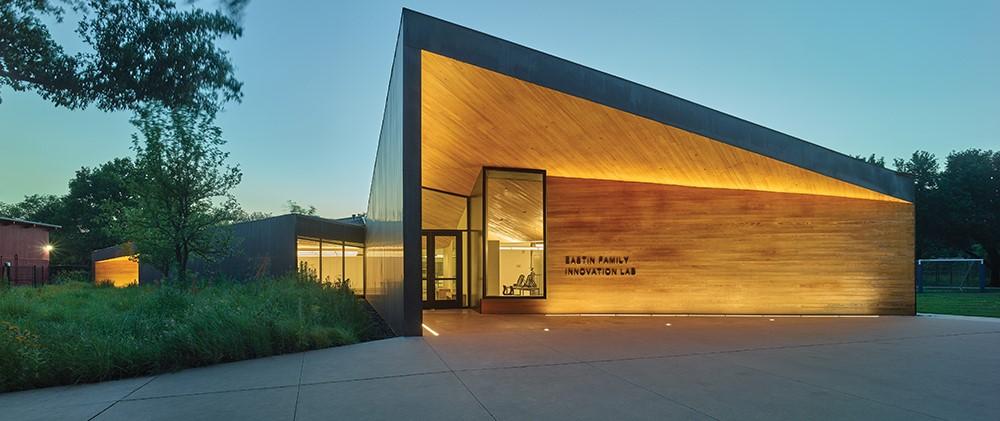Marlon Blackwell has a new monograph out from Princeton Architectural Press, called “Radical Practice: The Work of Marlon Blackwell Architects.” Within its 510 pages are 13 projects by the 2020 recipient of the AIA Gold Medal. Also included are a number of essays by architects, artists, landscape architects and even photographer Tim Hursley, whose photographs illustrate the firm’s work. Among those who contributed essays to the book are Tod Williams and Billie Tsien, architects of the Obama Presidential Center, Maurice Cox, Chicago’s city planning director, Thom Mayne, winner of the 2005 Pritzker Prize, and James Corner, landscape architect of the High Line. One of the most descriptive essays is by North Carolina architect Frank Harmon, who’s also the author of “Native Places.” A+A recently interviewed Blackwell via telephone, and we’re pleased to present the second part of that interview today.
What’s the role of landscape in your architecture?
Architecture, I think, is a studied relationship between building and the land. It’s not the building and not the land, but the relationship. I can’t think of doing a project without a landscape architect for approach, color, and the way in which we construct an environment.
We’re always thinking about why porches, shade and shadows are so important for people.
We’re also always thinking about the view and how to frame that view – knowing what’s out there, so we can control that view and put somebody out into it.
What about your commitment to the public realm?
We have a desire to enrich the everyday experience of people and to expand the reality of what’s possible. We want to give a fundamental civic dignity and respect to the individual, and to have a greater impact than other types, like a private residence. We want to work at a scale beyond that of a house.
Public work has scale variations that are very exciting. And there’s the process of not working with one person. but a variety of stakeholders.
Your commitment to teaching?
I’ve been teaching for 31 years. It opens up the doors to me for new ideas, and helps me affirm and profess my own convictions and understanding of architecture. And it’s an opportunity to give back to the profession and help students look and see things and find their own paths. If you have 15 students, you’ll see 15 ways to approach a project. It keeps me very agile.
There aren’t enough good architects out there, and you can improve that by teaching. And it gives me a great feedback loop between education and practice. I can’t imagine one without the other.
What was the criteria for selecting the 13 projects in this book?
They’re all in their own way intensely public, or from a public process.
And there’s geographical diversity. They’re diving into larger cities. We wanted to keep them focused on fundamental civic dignity. They are also challenging, like the typology for an education building or a library, or as simple as a bookstore or a Ramen restaurant.
We wanted a book with some heft to it. And an essay with every project, from clients to architects to landscape architects to artists. Each has a short commentary of 500 to 1,000 words. You can crack it open anywhere and dive in.
For more, go here.
[slideshow id=2456]



